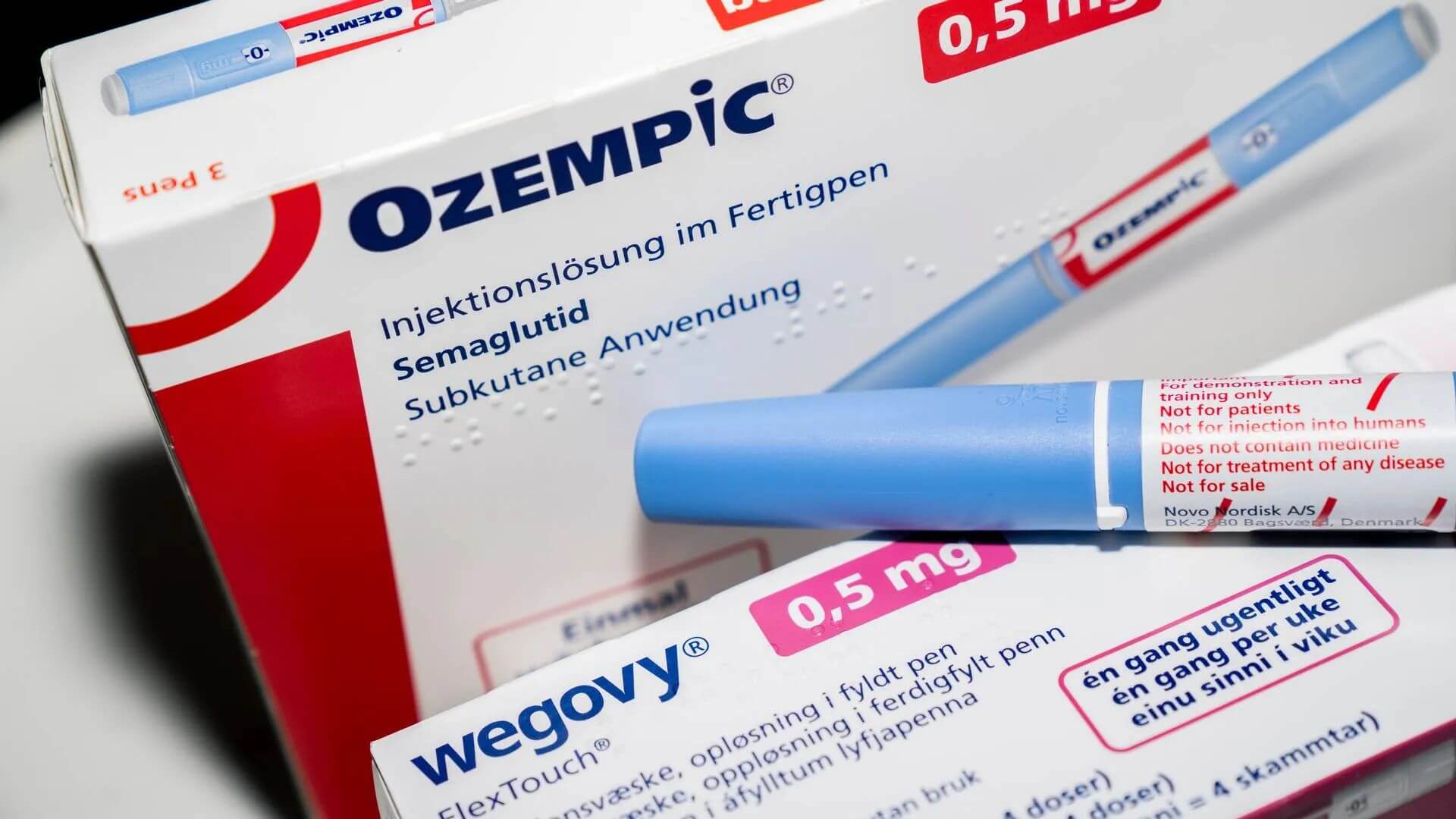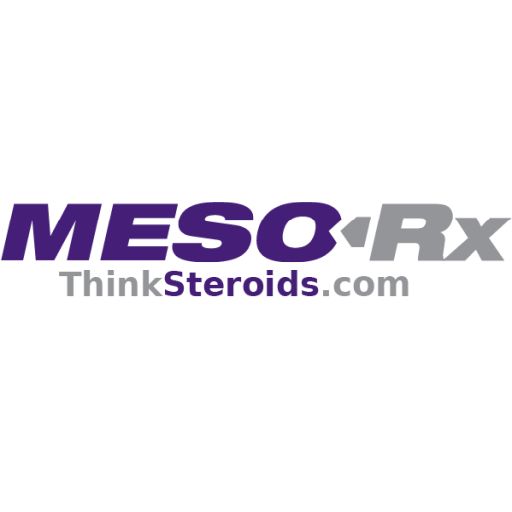How long can these -glutides be safely run from the perspective of people who train? Don't see too much data about the safety of long term use by bodybuilders/gym rats.
Mostly, these drugs pose challenges to
prone individuals for nausea, diarrhea, decreased appetite, vomiting, constipation, dyspepsia, or abdominal pain, otherwise known, medically, as an
upset tummy-wummy.
They are remarkably
safe, they practically possess virtually no serious negative side effect for those not among an infinitesimally small group of patients for whom medullary thyroid carcinoma is in their familial or personal history. Even then; thyroid cancer is, if you will permit me some breadth to opine about relative hazards of carcinomas, objectively, not among the worst. Men are already particularly prone to prostate cancer, which AAS & rhGH increase risk for in a compounding fashion. Prostate cancer is one of the very worst carcinomas; similarly bladder cancer, brain cancer especially glioblastomas, etc.
Other hazards:
Pancreatitis risk is small but significant.
Hypoglycemia when combined with insulin and its secretagogues (e.g., sulfonylureas).
Acute kidney injury secondary to severe GI distress.
Severe GI disease in prone individuals.
Worsening of diabetic retinopathy in those patients.
Acute gallbladder disease. Has occurred in clinical trials.
Basically, besides those for whom acute side effects prevent continuing on these drugs (i.e., GI distress, gallbladder/cholelilithiasis infection) & for those in a small sliver of the population who
might, maybe face some increased risk for a
not terrible carcinoma (the proposed link between these drugs being based on rodent data only but included in hazards due to abundant caution), there really are not any
safety concerns for the GLP-1 & GIP agonist incretins, including tirzepatide, which would be excluded by the suffix, -glutides.
Contrast this versus non-testosterone (i.e., synthetic) androgens (anabolic-androgenic steroids; AAS), the risks and side effects of which are so remarkably prevalent and serious, that they are virtually unused by any medical practitioner except in extreme edge cases (e.g., severe burn injury where nothing better is available; hereditary angioedema where nothing better is available; no longer erythropoiesis stimulation because there's something better, no longer anemia because there's something better)... like, maybe in Palestine where more acceptable therapies have been cut off... and, it becomes strikingly apparent that these drugs are exponentially safer than AAS.

 thinksteroids.com
thinksteroids.com

 thinksteroids.com
thinksteroids.com


